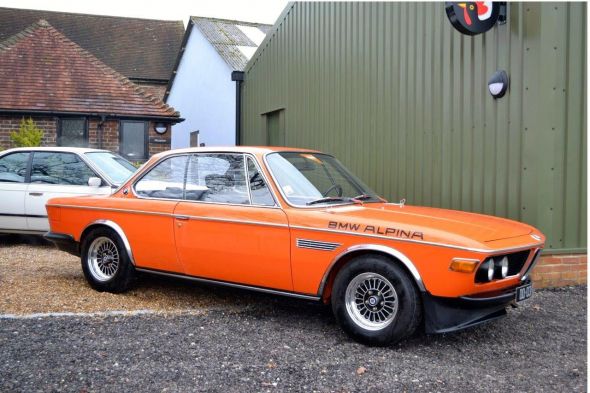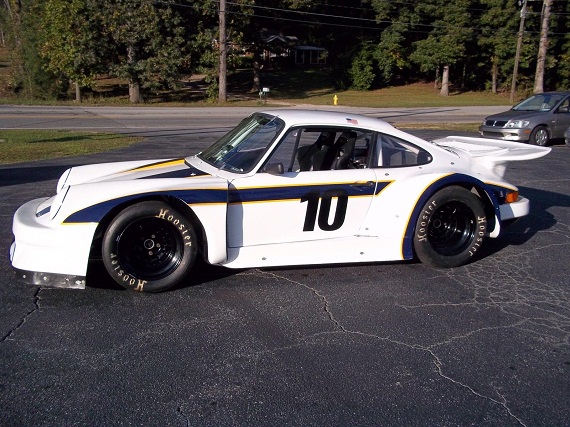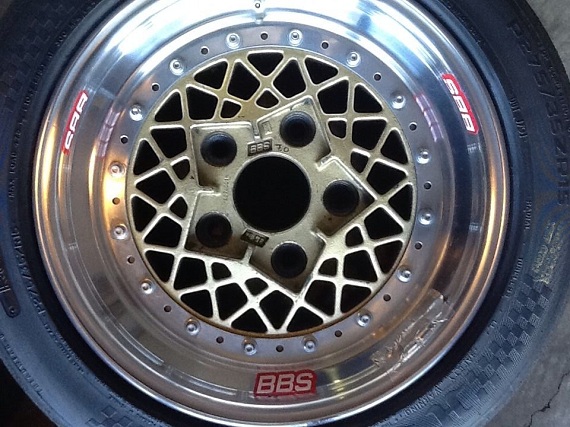They say imitation is the most sincere form of flattery, and when it comes to Alpina cars there certainly have been a lot of enthusiasts who are eager to copy the legends. Part of that is the great look that Alpina achieved, but also worth considering that Alpina models – especially early ones – command a premium that rivals some of the most exclusive models put out by the factory. Today, then, in honor of Coupe Week I have two E9 models. The first is a real-deal and rare 3.0CSL, but even then a special CSL; this one is an early carburetor model which was modified in period by Alpina to B2S spec. I then have an end-of-run U.S. spec 3.0CS that tries to imitate that look. These two cars obviously aren’t in contention with each other – but is the imitation good enough to warrant looking at?
Tag: Motorsports
Ah, another Motorsports Monday, and another opportunity to tick off the purists! I’ve had a string of LS swapped cars that I’ve reviewed recently, and here’s another to add to the list. In the 1990s, Porsche actually ran a program to develop a tube-frame race car; manufactured by Fabspeed – who notably also built Porsche’s tube-frame 944 racers, one example is still actively campaigned by Musante Motorsports in Connecticut. This car doesn’t appear to have the credentials of that particular example, but switching to a tube frame really allows racers to optimally set up both the suspension and engine configurations. In Fabspeed’s case, they moved the engine forward to create a mid-engined 911 long before the GT1 project. In this example’s case, it’s allowed for a 6.2 liter, 525 horsepower V8 to be mounted in the back. Under the guise of early 1970s RSR bodywork, this is clearly a track weapon:
CLICK FOR DETAILS: Porsche 911 RSR LS3 on eBay
3 CommentsOur reader Kyle recently requested to see more magnesium wheels; as I have a bit of a early magnesium BBS wheel fetish myself, I was only too happy to oblige. Here’s a quick selection of the magnesium wheels on Ebay – BBS isn’t the only magnesium wheel producer, but they’ve got some of the best designs. Interestingly, a few years back many people thought these wheels were throw-aways as no one wanted old race wheels, but a resurgence in popularity has once again made them a valuable commodity. From vintage racing Porsches to modern track cars, magnesium wheels are still some of the lightest you can get and in the 1980s they were one of the few ways to get really wide wheels on your race car. Generally, BBS wheels with an “E” prefix denote magnesium centers, though the new E88s below claim to be forged aluminum. I’m secretly hoping to find a set of languishing BBS E51s – they were originally 4×108 15″ and 16″ wheels fitted to 924s and would bolt right up to my Audi. What are your favorite?
CLICK FOR DETAILS: BBS E78 15×9.5 5×130 Wheels on eBay
Comments closedLast week, I wrote up a 944 Rothmans Cup car, a model that introduced the idea of a factory-backed, one marque race series as an opener for larger races. In truth, this was no new concept; the unused M1 race cars got turned into the “Procar” series in the late 1970s/early 1980s and run with F1 drivers before races, as well as prior forays by Porsche in the IROC series. But the 944 Rothmans Cup was an effort that any gentleman driver could partake in, and that made it a bit more special. While the racing was close for sure and generated plenty of great action, the lightweight 944s really weren’t particularly fast in the grand scheme of things. Having launched a new Turbo model of the 944 in 1985, Porsche nearly immediately started development of the Cup version of the 951. With sealed motors pushing a bit more power that stock thanks to some revised engine mapping, catalyst-free exhaust and a revised magnesium intake, the real gains came in further use of exotic materials to lighten the cars. While the regular 944 was a bit lighter, the Turbo Cup went the next step; lightened suspension, magnesium wheels, stripped interior and plastic pieces. Undercoating was never installed on these cars and as a result of many small changes, the 944 Turbo Cup weighed in some 400 lbs less than the roadgoing version. Even with a modest power increase, this made for one potent and very special race car:



